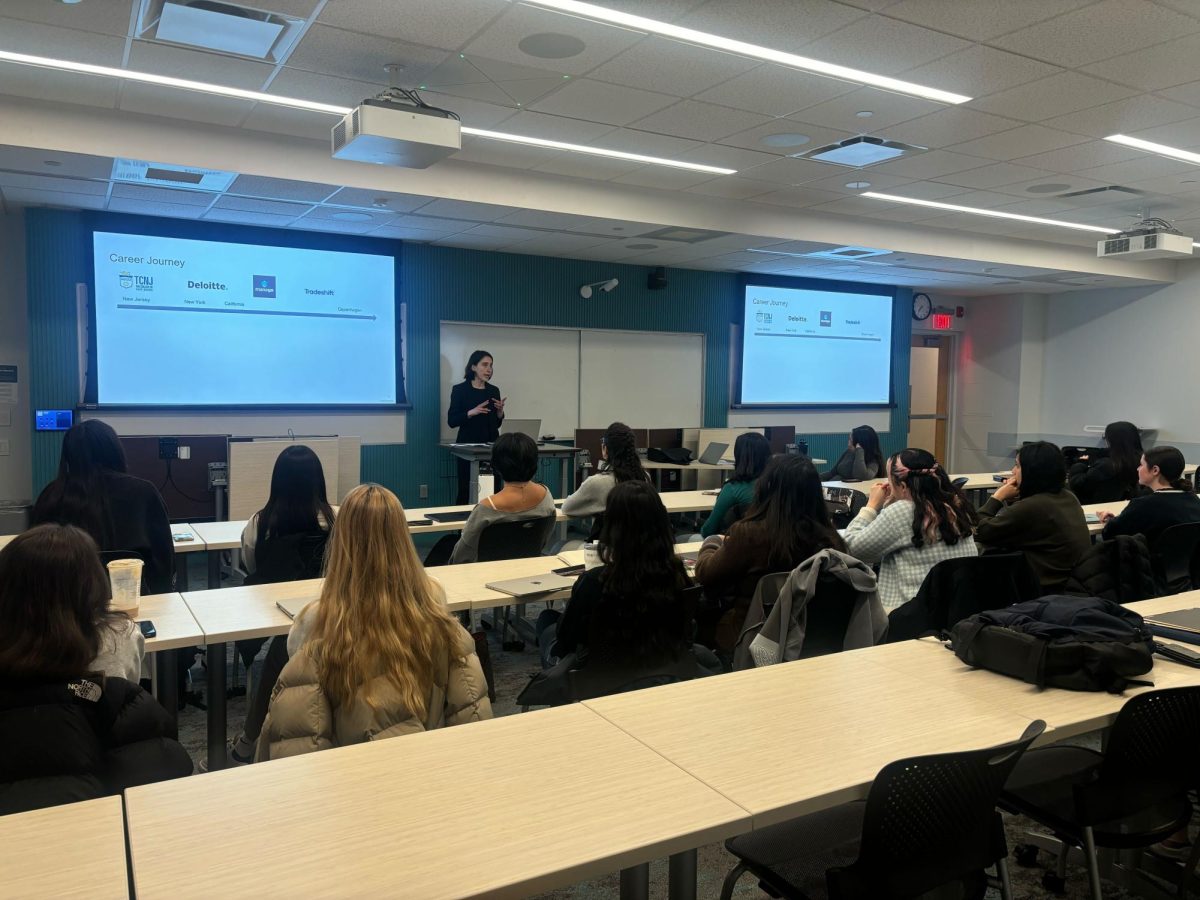By Caitlin Walsh, News Staff
Rolling Stone’s July issue has caused more controversy than wanted, but surely as much as they anticipated, due to their cover photo. Though Rolling Stone is no stranger to controversial attention, their recent issue caused national uproar — most loudly coming from Boston.
The July issue featured Boston Marathon bombing suspect Dzhokhar “Jahar” Tsarnaev and advertised the inside article on his life, who he was, and how seemingly a normal teenager became a terrorist. The headline referred to him as “the bomber” and “a monster.”
In response to the cover, and out of respect for victims and families who were affected by the April tragedy, many local and national businesses chose not to carry this particular issue of the magazine.
Following the release of the issue, Northeastern tweeted through its official account that it would pull the current issue from the bookstore, adding “#BostonStrong.” The tweet received over 60 retweets and favorites.
The controversial photo was a well known and circulated photograph of Tsarnaev that he took himself—a “selfie,” like most young adults his age take — that eerily resembles a young Jim Morrison or Bob Dylan. It is that rock-star quality that is the cause of rage for many as the mysterious, yet otherwise normal photo does not seem to depict an accused terrorist.
Northeastern sophomore Anna Hilderman, a freshman at the time of the bombings, was at the Prudential center that day — close to the chaos, but unscathed by the explosions. She agreed that Tsarnaev looks like a young Morrison or Dylan on the cover.
“You can’t not make that association,” she said.
Hilderman, a business major, said she understood both what Rolling Stone intended and what resulted. “Even though it wasn’t the editor’s intention to glamorize Dzhokhar, that’s absolutely what it did,” she said. “Rolling Stone has always used their cover as a platform to stardom, and the decision to place Dzhokhar placed him in a league with rockers and ingénues.
Many argue that the move was purely a marketing tactic, and a poor one at that, used by Rolling Stone to stay relevant in the industry. “Sure, this wasn’t a malicious move by Rolling Stone, but it was definitely an indecent ploy for cash and controversy,” Hilderman said.
The inside article was less controversial. Janet Reitman, the Rolling Stone reporter, spoke with a number of people who personally knew Tsarnaev, including his former wrestling coach from Cambridge Rindge and Latin School, as well as other Cambridge natives. Though nothing monumentally new was revealed in the article, it delved further into Tsarnaev’s life. For many, it was an attempt to know who he was — not necessarily glorify.
Northeastern’s assistant professor of journalism Dan Kennedy, for example, who has spoken publicly about the issue, told the university he felt the magazine was not glorifying the accused bomber at all. The university tweeted out Kennedy’s interview highlighting the effectiveness of the article in showing Tsarnaev’s — who could look like someone’s child — descent into terrorism.
Yet, Boston is still wounded. Only three months have passed: while the Boylston street memorials were only recently moved to a safer spot, the Forum restaurant that was damaged that day still has not reopened.
Northeastern’s decision to ban the issue, like CVS and Walgreens, was a good one in Hilderman’s eyes. “To do so [carry it] would be insensitive, and the boycott clarifies both morally and commercially the boundaries of ‘edgy.’”








